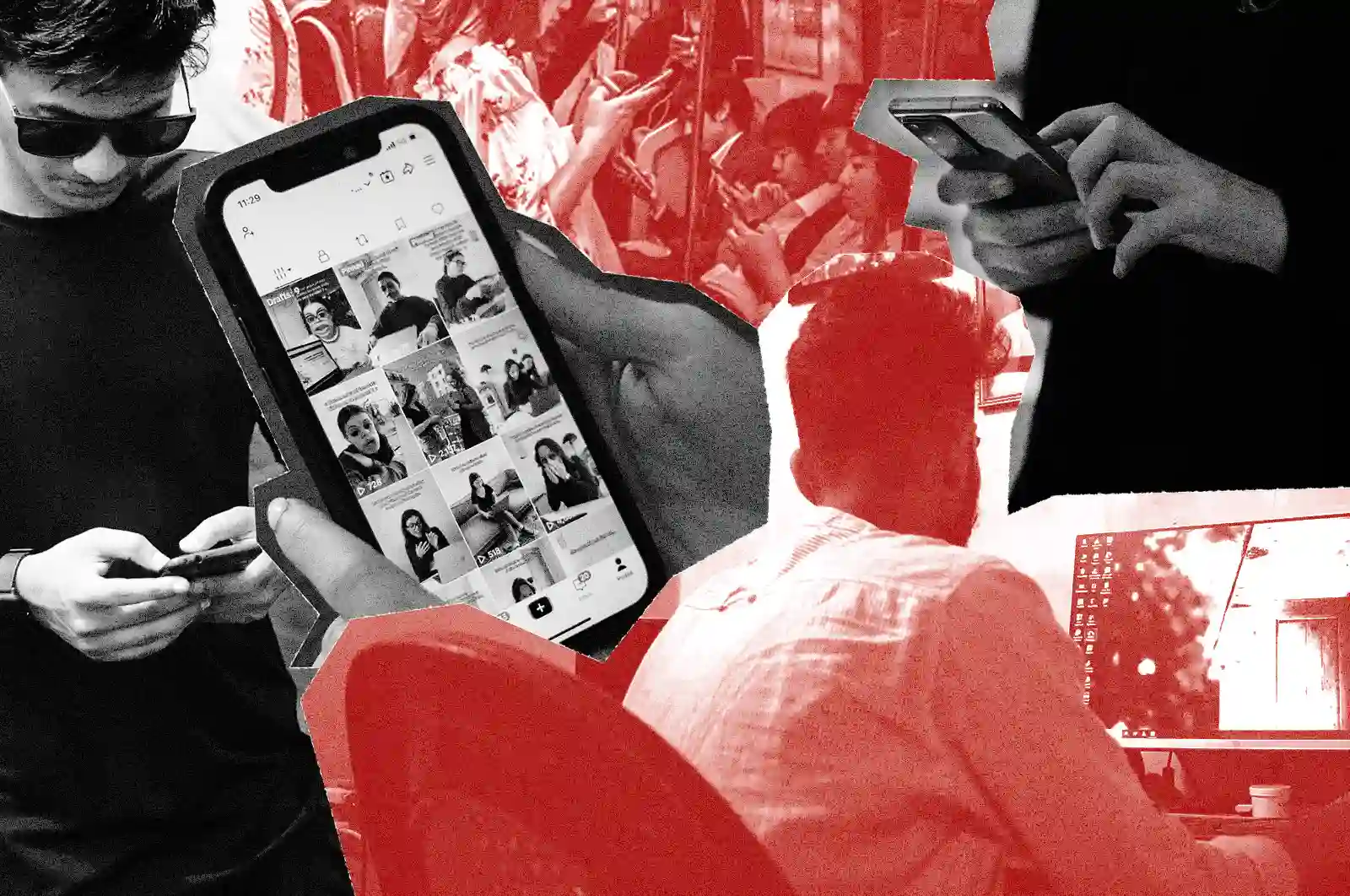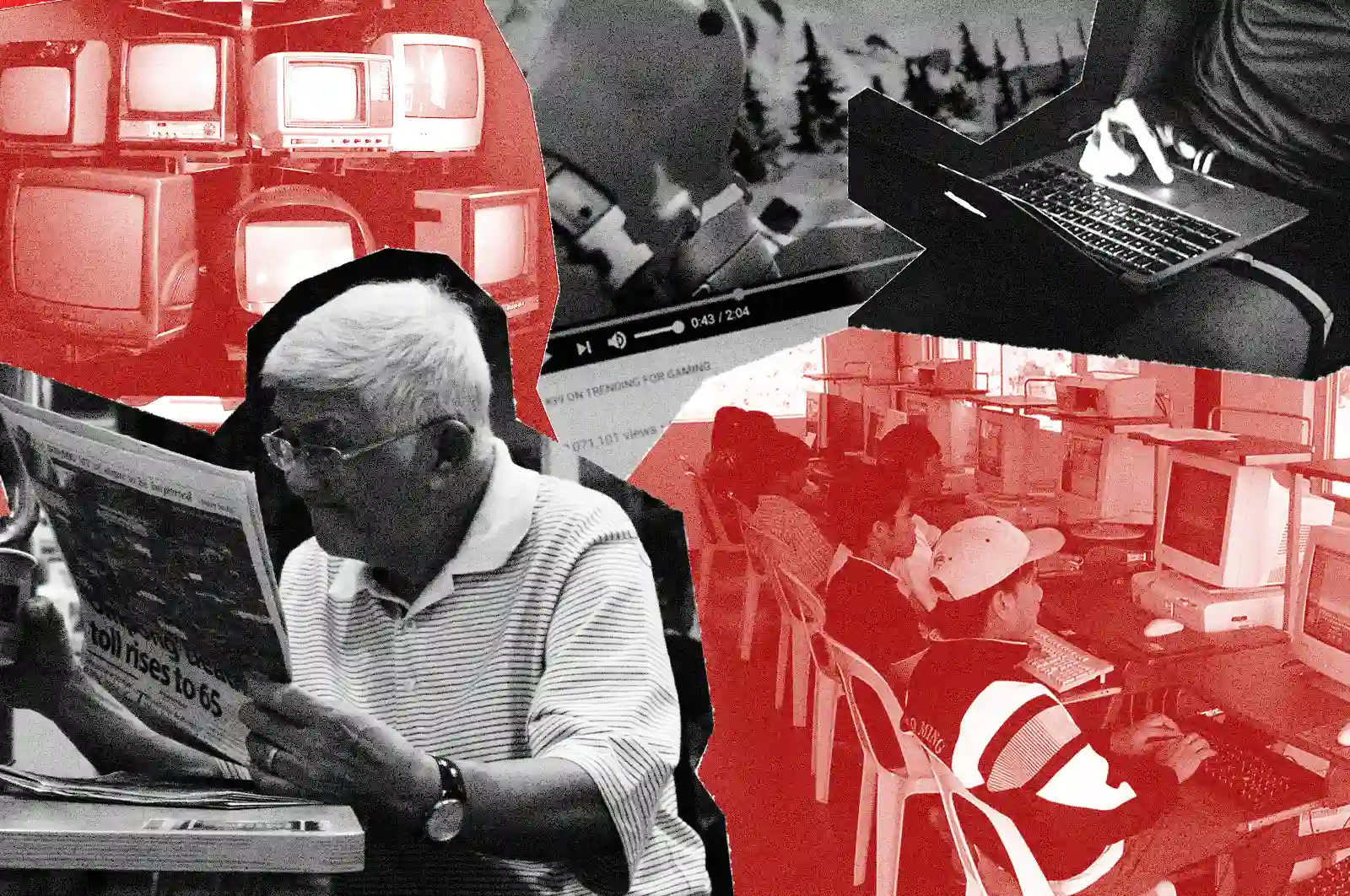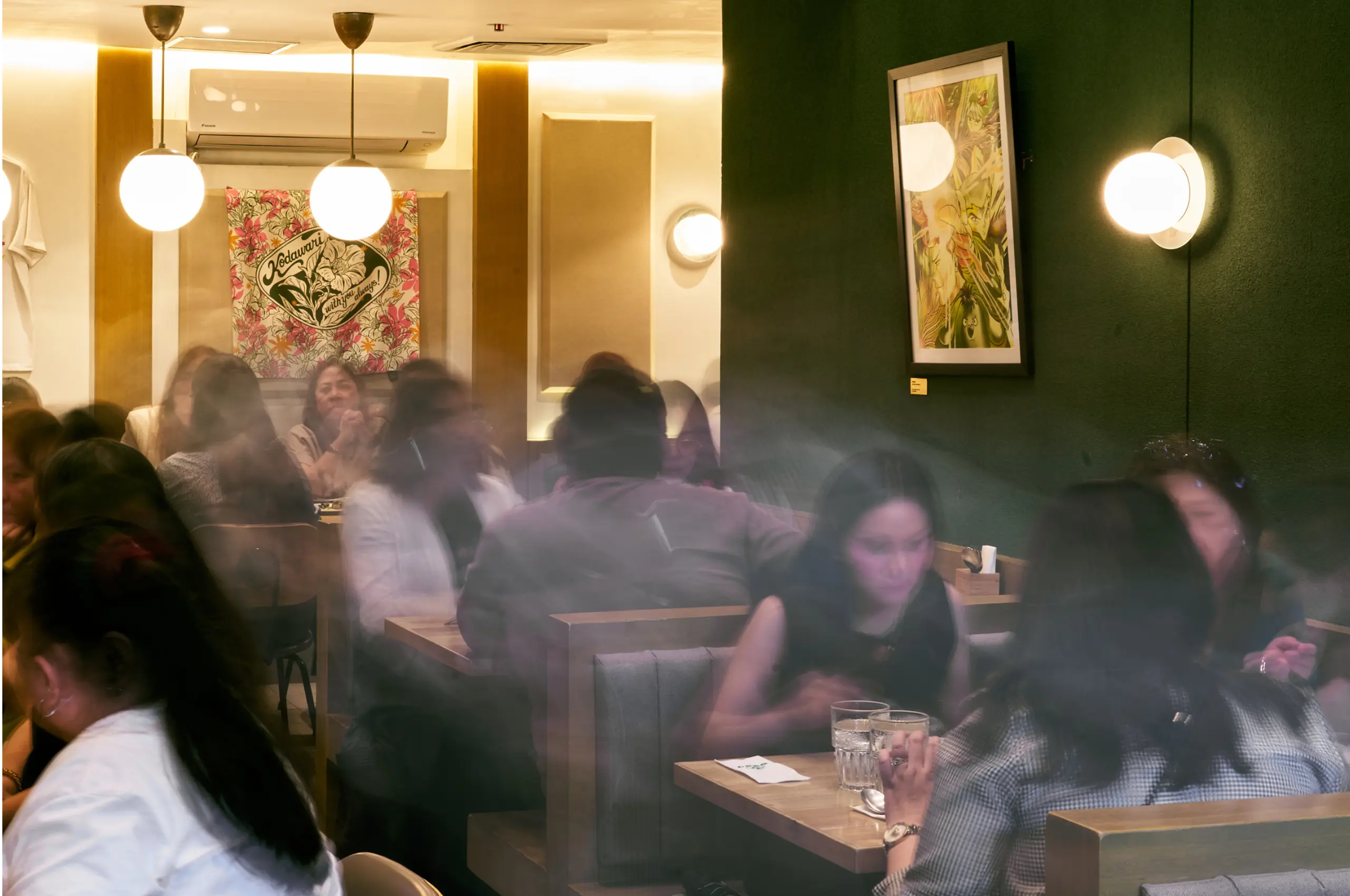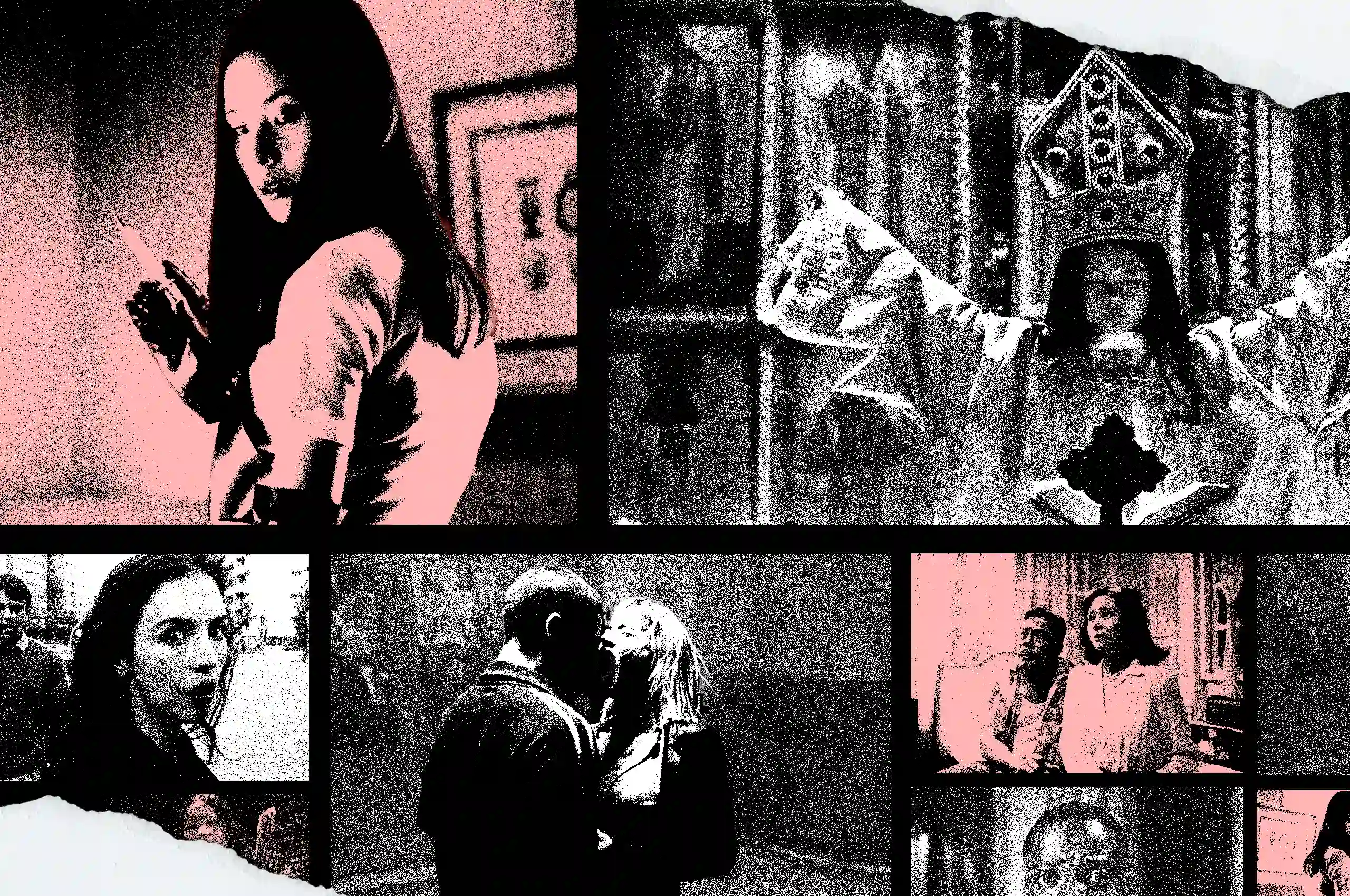Many Filipinos can’t remember the last time they fell asleep without the harsh glow of their phone screens searing into the back of their eyelids. There is just so much content out there to consume in the media today — whether that’s the crunchy deep fried memes on the weirder parts of Reddit, or breaking news headlines on Instagram, confirming our worst fears. There’s Grok screaming out the latest AI-generated nonsense on X, and unwarranted fights erupting in the comment sections of Facebook posts; not to mention the content creators on TikTok livestreams, trying to sell us on the next dance trend, and the onslaught of other online content that just keeps on coming.
But it’s not just the volume that drags us under the Internet’s current, it’s the toxicity. Lies often feel like they spread faster than truth, and the endless doomscroll numbs us to the real dangers lurking beyond our screens. Nationwide concerns over online misinformation reached a record high of 67 percent during the first quarter of 2025, according to the Reuters Institute Digital News Report, a 10-point leap from 57 percent in 2020.
President Ferdinand “Bongbong” Marcos Jr. will deliver his fourth State of the Nation Address (SONA) on July 28 at the Batasang Pambansa Complex in Quezon City, where he is expected to tackle the rise of misinformation on social media. “Ang mga kasinungalingang walang hangganan — mga balitang walang katotohanan at maling impormasyon — ito ang mga salot sa ating kalayaan,” Marcos said in his Independence Day speech on June 12.
Ahead of SONA 2025, Rolling Stone Philippines sits down with Filipinos from across Luzon, Visayas, and Mindanao to discuss how the flood of online content is affecting their lives and their outlook on the world.

James Lanada, 24, Iloilo
Daily screen time: 6 hours
A YouTube series titled News Without the Bullshit is where Ilonggo James Lanada gets most of his world news. “It might sound bad, but they try to talk about news [from] a completely neutral ground,” he says. “If not them, then I get my news as they appear in posts on Reddit. I honestly believe that if World War III happens, I’ll learn about it through a Reddit meme.”
Despite his news sources, Lanada knows to never trust a headline. “It’s just an attention grabber, those headlines,” he says. “They’re always exaggerated and embellished. The main gist is always in the actual article.” However, as he reiterates several times, Lanada is a “fallible human being” who can mistake fake news for what’s real.
As a Hiligaynon speaker, Lanada feels that the country’s media landscape often overlooks regional voices like his. “[Iloilo] is like a faulty signal antenna,” he says. “We get everything from the rest of the country, but we don’t give a signal back.”
And as for doomscrolling, Lanada finds it hard to look away, no matter how bleak the content gets. “I’m pretty sure that every person out there has felt helpless when it comes to the sheer amount of problems that we’re living through,” he says.
Martin Yambao, 36, Manila
Daily screen time: 6 to 8 hours
“In terms of a social media diet, I’d say it’s 80 percent Twitter for me,” says Manileño Martin Yambao. “Breaking news, internet gossip, K-pop hag-posting, Tiktok dregs… As a millennial, it all feels like an impulse for me.”
As a self-proclaimed “terminally online” person, Yambao gets most of his news from mainstream media sources like The New York Times and Rappler. “I digest the reporting as accurate, but I try to sift through the perceivable slant or the internal bias they project,” he says. “I think I’ve done a good job of curating my algorithm, so that most news on my feed [is] from first-hand sources or from people on the ground.”
Yambao admits that most of his nights are spent doomscrolling. “It’s painful,” he says.
“I honestly believe that if World War III happens, I’ll learn about it through a Reddit meme.”
Andrea Sarillo, 25, Davao
Daily screen time: 6 to 7 hours
For Davaoeña Andrea Sarillo, a majority of her news and media comes from Facebook, especially from pages like SunStar Davao and Rappler. “Back in senior high, we were taught how to identify red flags in suspicious content like checking the credibility of the source, looking for sensational language, and verifying information with other reliable platforms,” says Sarillo.
She also notes that there has been a surge in Bisaya content, or at least on her side of the Internet. “There are now many Bisaya content creators who gain a lot of attention online,” she says. “They produce great content with relatable humor, and it’s nice to see more people appreciating our dialect and culture. They’re also helping break stereotypes about Bisaya speakers by showing creativity, wit, and talent.”
When it comes to doomscrolling, Sarillo acknowledges that it consumes a significant portion of her time. “I think I doomscroll almost every day,” she says, “usually at night when I’m resting after work. Most of the time, I feel relaxed because it’s my way of unwinding. I find value in it because I get to see different content and perspectives, which helps me stay aware of what’s going on.”

Evelyn Trani Nuñez, 66, Cebu
Daily screen time: 5 hours
“[I] always check with other sources,” says Evelyn Trani Nuñez, when asked about how she spots fake news online. Having been a practicing lawyer for decades, Nuñez believes in the importance of verification and critical thinking while she scrolls through Facebook and YouTube. She also notes that she still watches television and reads the newspaper regularly, trusting in these more traditional forms of media. As a native Bisaya speaker, she feels that content in her local dialect is still lacking in mainstream media, which often prioritizes English.
“I avoid doomscrolling,” she adds. “Feels like a [bad] way to pass the time.”
Melody Cubillan, 35, Leyte
Daily screen time: Less than 8 hours
“I seldom open Facebook now because of fake news,” says Leyte-born Melody Cubillan. “I also don’t read too much news since it sometimes causes me anxiety. I just find that news nowadays [is] very draining [for] my mental health, so I try to stay away from it.” Cubillan admits it’s not always easy to spot misinformation online, especially when personal bias gets in the way. “I tend to believe what I want to believe,” she says.
Instead, she now gravitates toward platforms like TikTok, Instagram, and YouTube for entertainment. As a Bisaya speaker, she appreciates seeing more content in her dialect and notes that even viewers from Luzon are engaging with it, often requesting subtitles or translations for posts in Bisaya.
“I doomscroll a lot,” she confesses. “Sometimes I lose track of time.”





